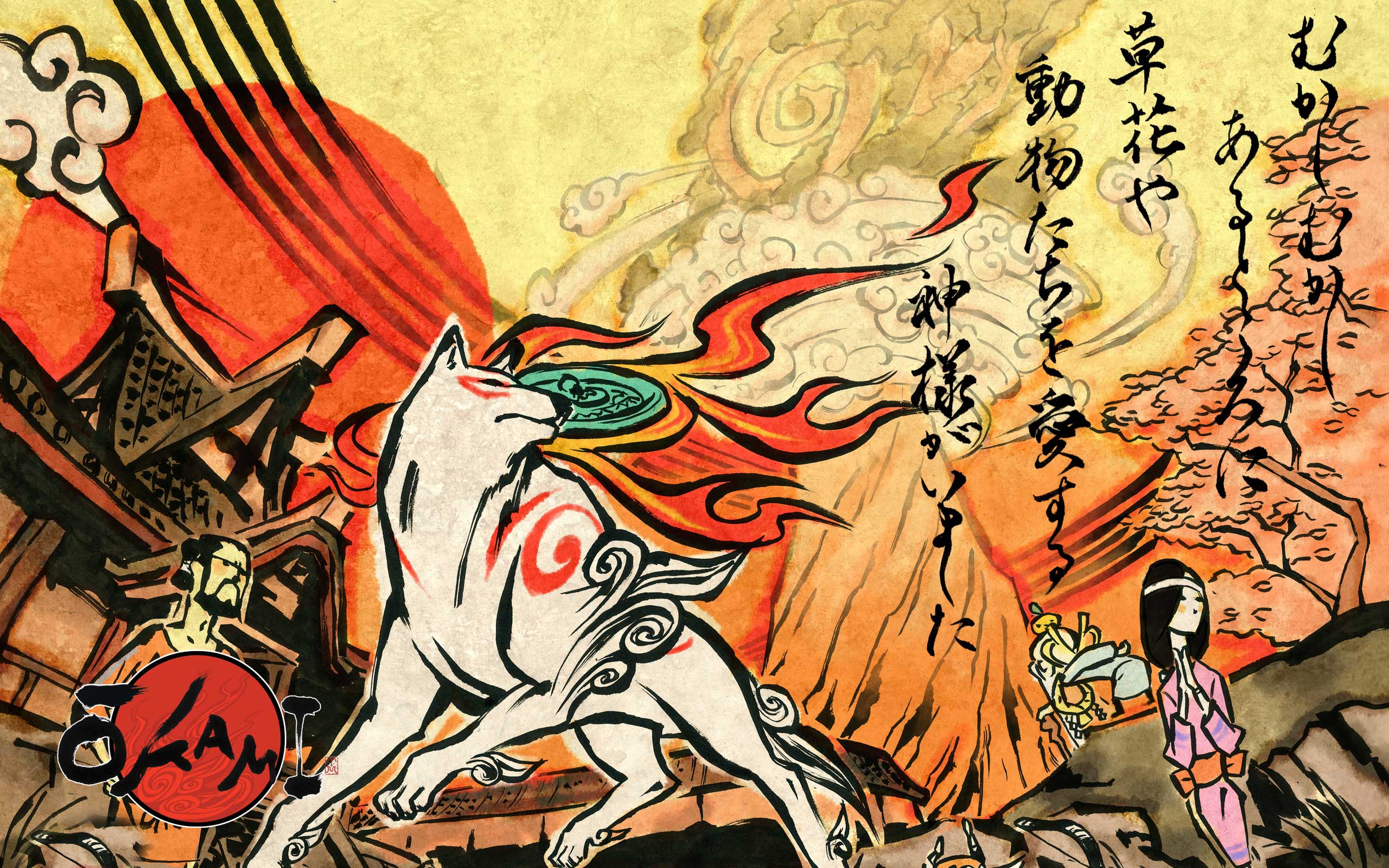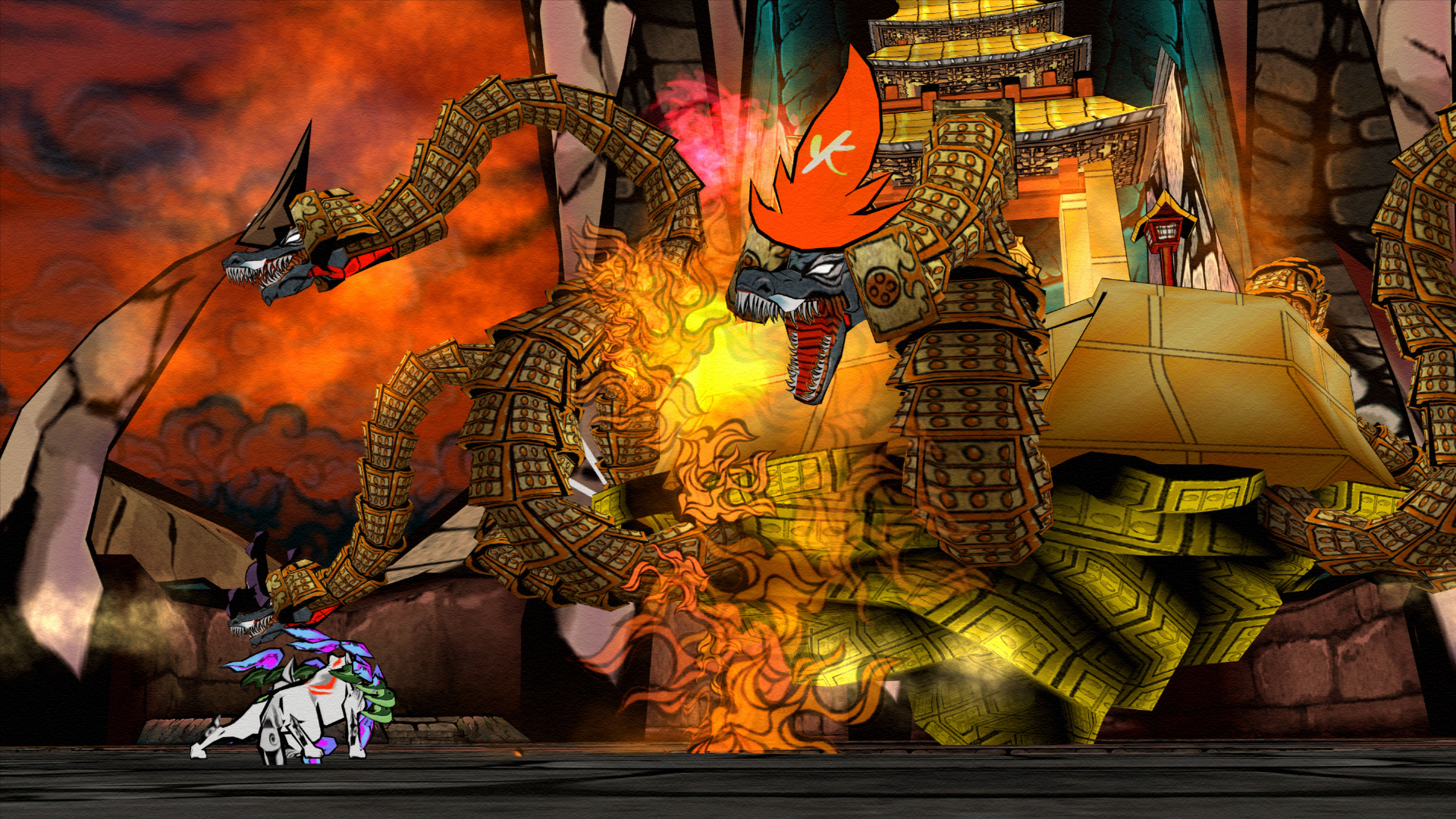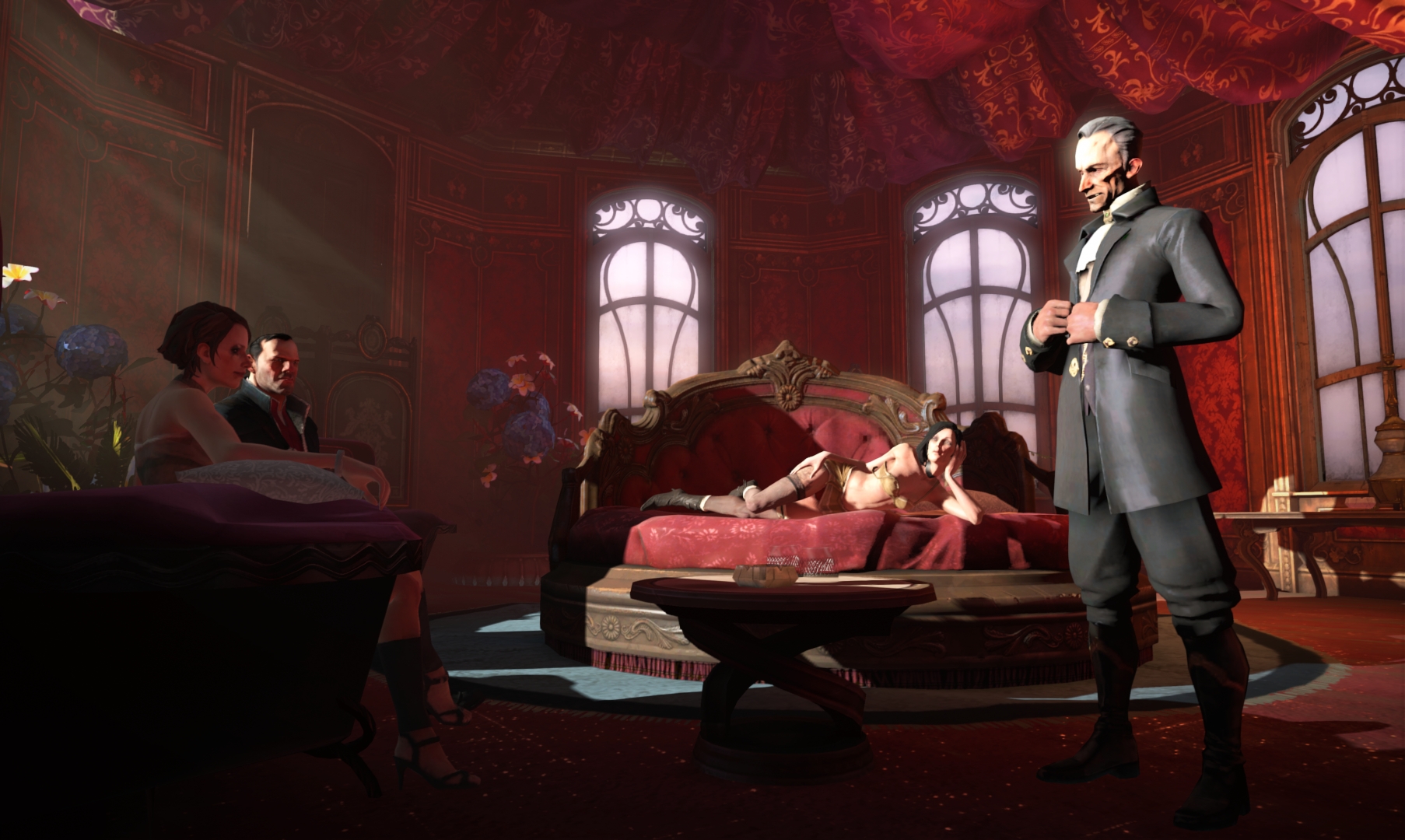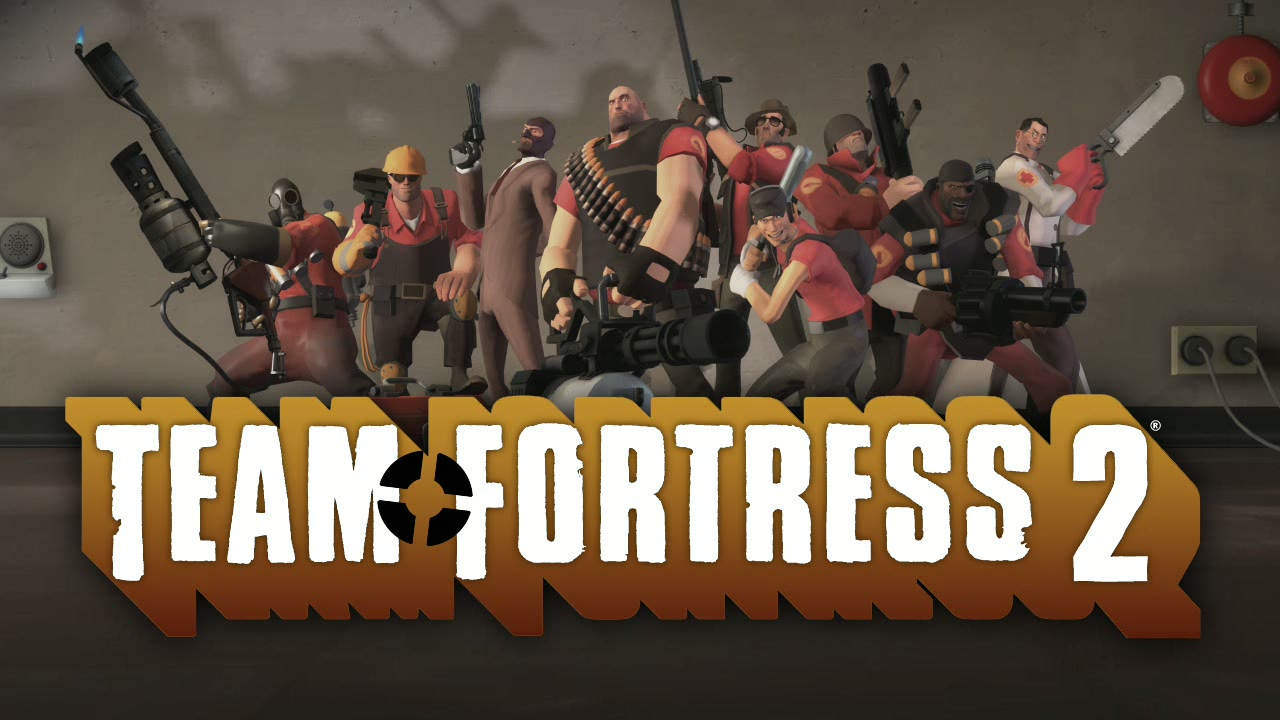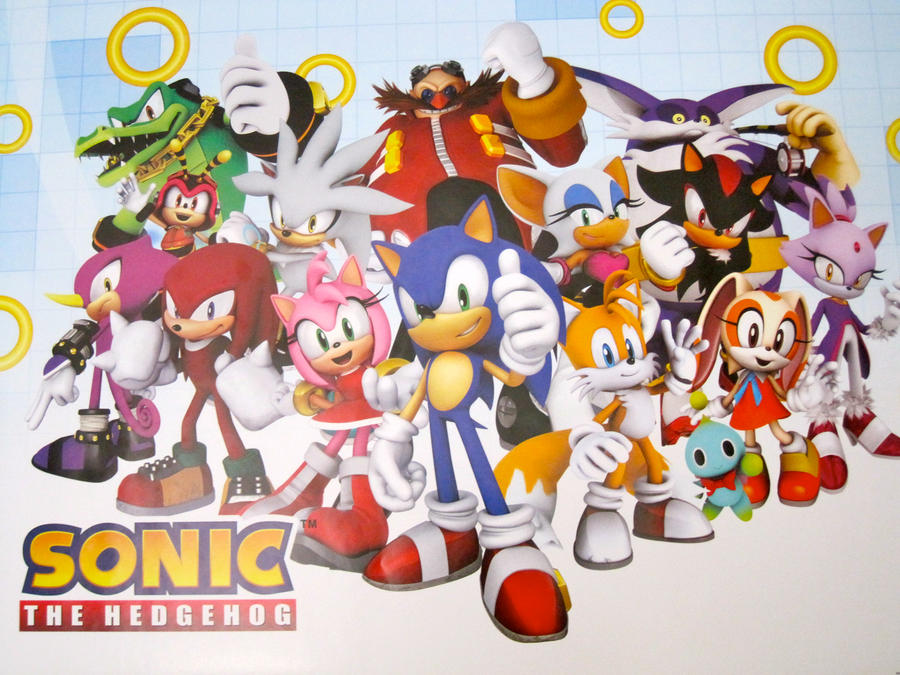Ok, since the last post was full of examples of good character designs, let's follow that up with a few really bad examples!
Once again, these are only a few examples in no particular order and these are based on my own opinion, so feel free to disagree (though somehow I doubt you will)
1. Final Fantasy
To be honest, there are hundreds of Japanese games I could name that have some truly awful character designs, but Final Fantasy really takes the cake. Sure, the cast of earlier games are pretty good and there are SOME good designs in there (mostly enemies), you'd be hard pressed to find a major character in the recent games who doesn't have ridiculous hair, illogical clothing and more useless accessories than Mr T. If anything, their overly cluttered designs provide a excellent case for why less is more...
Image Source: http://ffalthalus.files.wordpress.com/2011/12/yrp_1.jpg
2. Gears of War
I'm probably baiting a particularly angry bear with this one, but I really hate the characters from Gears of War. The entirety of their designs all seem to begin with 'bulky' and end with 'muscle', with very little in between. Even their armour makes them seem like a comically oversized walls of meat. Just... urgh, they look so stupid...
Image Source: http://raynfall.files.wordpress.com/2011/08/gowtroops.jpg
3. Sonic the Hedgehog
The Sonic franchise is one of the rare examples of bad character design where it wasn't always bad. Before the jump to 3D, he was actually one of the biggest icons in gaming, with a simple memorable design. But then, come Sonic Adventure, SEGA decided to 'update' the design by making him lanky as hell and making his spines longer and floppier. So, now he looks kind of silly. He's not the only one either; to name but a couple, stereotypical 'dark twin' Shadow looks like a stereotypical goth, while the futuristic Silver looks even dafter than Sonic. Granted, they're not the worst character designs ever concieved and I can see why some might like them, but are they well-designed? No. No, they are not.
Image Source: http://fc09.deviantart.net/fs70/i/2011/177/4/2/sonic_characters_by_jumpysquirrel-d3k24n3.jpg
4. Darksiders
Based on the artwork of Joe Madureira, the character design of Darksiders is something of a mess. It's clear that many of the characters were designed to look 'cool', with the results being largely hit-and-miss. The absolute worst offender is the protagonist, War, who looks like some Frankenstein mixture of different 'cool' ideas, with the end result being an incohesive mess. To make matters worse still, many of the characters don't actually appear to fit together at all.
Image Source: https://blogger.googleusercontent.com/img/b/R29vZ2xl/AVvXsEiqxTPuus5drhyphenhyphenddoJXCb-b0nZt-dlSLxAJGxHaXUweOMyXQdgCLmleq91S_ZGfj5Fmvpu0UCKlgZU7pUMinl0j0MdexbxG67004yiiwPw1jsjXLICKCq7QO4dC4l6gWc0zar65YtyRL417/s400/war_armor_newpeek.jpg
5. Pokemon Black and White
As with Sonic, the designs seen in the Pokemon franchise were actually pretty decent until recently. With the latest generation, however, the designs of the monsters have become very hit-and-miss. Worse still, the designs of the human characters has also taken a turn for the worse (see below). Hopefully the next generation will see an improvement...
Image Source: https://blogger.googleusercontent.com/img/b/R29vZ2xl/AVvXsEh_sCNiXKBGjbhlIQY7_c_jkxWoNbaDiyOkOD9gu-9zYJZtBJQIvP33nwXMOSbGMPHCs6Mf_SDldGUZF-axsAOWKkYIi5WMvPlsWV9Kw-yisBdJN9GAYpem7EdaD4viBRztCeUtY_7dUe8/s320/Pokemon+Black+2+and+White+2+Characters.jpg
6. Castlevania: Judgement
God lord, what fresh hell is THIS?! For those of you who are unfamilar with it, Judgement was an utterly awful fighting game in the Castlevania series. It's greatest sin, aside from the bad gameplay, was taking the plethora of characters that had appeared in the series and redesigning all of them using the worst anime cliches imaginable. Androgynous, pretty-boy males? Check! Overly buxom women perpetually ressed like hookers? Check! Ridiculous armour and costumes that make no conceivable sense? Check! Loads of pointless accessories and trinkets? Also check! The real tragedy is that the original designs were actually pretty good...
Image Source: http://static.giantbomb.com/uploads/original/0/3693/239872-castlevaniajudgement8.jpg


